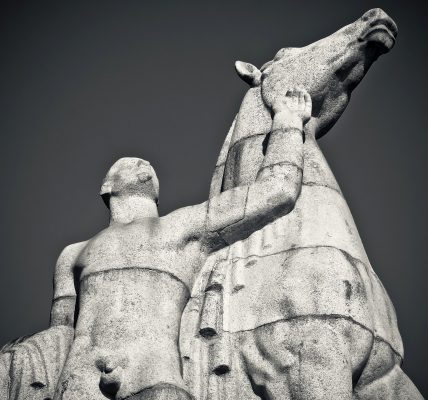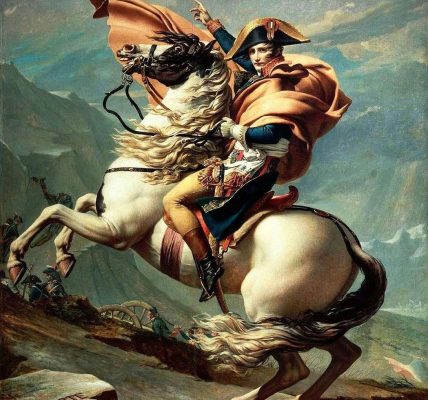Today Mona Lisa is considered as the most known painting in the entire world. The masterpiece of the mysterious woman with an enigmatic smile was created by the Italian polymath of the High Renaissance, Leonardo da Vinci. It cannot be said with certainty when Leonardo began the painting or when he stopped working on it, but it has been estimated that it must have been somewhere between 1503 and 1519, while most probably he began in 1503 and continued working on it and refining it for many years after. There was a debate among art historians about the subject of the painting for years, but her identity has been considered as agreed upon since 2005.
La Gioconda

Francesco del Giocondo was a modestly successful cloth and silk merchant in Florence when he married his third wife on 5 March 1495, the 15-year-old Lisa Gherardini. She was born in Florence into an old and aristocratic family, who had lost their influence over time. It is thought that Francesco had requested for the portrait of his wife to be commissioned for their new home, that he was able to buy in 1503, and also to rejoice the birth of their second son.
The Journey to France
Despite that the painting was intended for the del Giocondo family’s home, it apparently never went there. It is believed that Mona Lisa was Leonardo’s most favorite painting and that for the rest of his life he kept adding details on it. After he went to France on the King’s invitation in 1517, he continued working on the painting until his death on May 2, 1519 in France. His pupil and assistant Salaì inherited the painting and sold it to Francis I, the King of France.
Louis XIV moved the Mona Lisa to the Palace of Versailles, while up until then it had remained at the Palace at Fontainebleau. The painting was kept in the Palace of Versailles until the French Revolution. After hanging for some time in Napoleon’s bedroom in the Tuileries Palace, the painting was installed in the Louvre Museum. For some time, it was moved to the Brest Arsenal during the Franco-Prussian War.
The Theft
Years after the painting was back in the Louvre the Mona Lisa was stolen. On 21 August 1911, Vincenzo Peruggia committed what has been portrayed as the greatest art theft of the 20th century. He was an employee of the Louvre and he helped constructing the glass case of the Mona Lisa. Peruggia had accepted as truth that the painting was once looted by Napoleon and that in his patriotic believes, the Mona Lisa should be returned to Italy and be displayed in an Italian museum.
He managed to steal the painting, while entering the building in regular hours. When the area where the Mona Lisa hung was clear, he took it out of the wall and hid somewhere in order to remove its case, after which he concealed it with his clothes and eventually walked out of the museum. He kept the masterpiece hidden in his apartment in Paris.
After two years went on, he travelled to Italy with the painting and hid it in his apartment in Florence. He contacted the director of an art gallery in Florence, and tried to sell the Mona Lisa to him. Therefore, the work’s authenticity had to be verified, so a Florentine art dealer was also contacted. They informed the police, Peruggia was finally caught, the painting was not damaged and it was returned to the Louvre in 1913.
After Peruggia went to court, his motives were in question, as if he had been purely motivated by patriotism, why he had asked money for it. On his trial, the court agreed that to some extent his crime was committed by patriotic feeling and the sentence he received was lenient. He spent about a year in jail, but initially received a sentence for one year and fifteen days. He was hailed for his great patriotism in Italy.
After some time, a theory came along, that he may have been motivated by an associate of his, who would have profit from the theft of the Mona Lisa by making money from the copies of the original. He would have attempted to sell these copies in a market overseas, but this is truly only a theory and we don’t know if there is any truth in it. Despite that, after the theft of the Mona Lisa, the media coverage on the case was so big, that this is what helped it gain the worldwide fame it has today. Shortly after the painting was recovered, the masterpiece was displayed all around Italy with banners and headlines for its delightful return. The painting was eminent before, but after the massive attention it received by the many newspaper headlines, it became one of the best known in the world.
The Mona Lisa has been displayed in the Louvre ever since, with only few removals (one of them with the aim to save it against looting during World War II).



